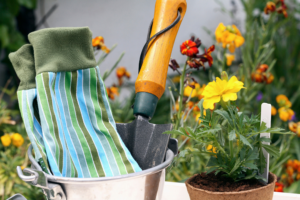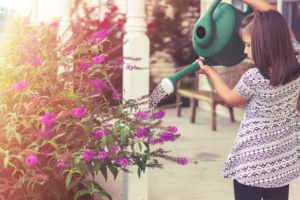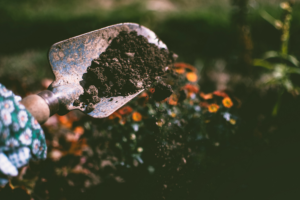After a long, grueling winter with extreme temps and record-breaking snowfalls, spring is finally upon us. For many of us, that means one thing: gardening season is here! We can’t wait to see the array of blooms and enjoy their delicious fragrances and we can almost taste those midsummer cherry tomatoes and tender baby greens. In reality, however, nature’s bounty that we’re looking so forward to is not possible without much careful planning and prep. But what does that entail? Here are some important to-dos when it comes to planning a successful garden.
Take inventory of your gardening supplies
Dig out your gardening tools – everything from your trowel and rake to your shovel and spade. Take the time to clean off old dirt and fertilizer and assess their integrity. Are any handles lose? Are any blades dull? Clean, dry and sharpen tools and replace any tools that cannot be repaired. Make sure everything is in working order and ready to go!
Pull weeds
Any weeds leftover from fall and buried under the snow will emerge with haste. Pull them as soon as possible. They’re easier to pull when the ground is cold and before they take root. Be especially sure to pull them before they go to seed and create an even bigger problem.
Prune plants
Early spring is a good time to prune shrubs that flower mid-summer through fall. Wait to prune spring-blooming shrubs until after they flower.
 Assess perennials
Assess perennials
Remove dead foliage to make way for new growth.
The freeze and thaw of the ground can cause plants to pop up out of the soil. Work them back into the ground and mulch around them, watering them thoroughly, to help them get reestablished.
If you’re interested in dividing any of your perennials, spring can be an ideal time. However, if your plants are early-spring bloomers, wait until after they bloom or divide them in the fall.
Address leaves
Lightly dispersed leaves can be left alone or mulched into the ground. However, matted leaves and excessive leaf groundcover must be addressed. Rake them up in order to expose the base of plants to the sunlight and water they need to thrive.
Edge beds
Not only does hand or power edging create an aesthetic border around your gardens but it also helps keep mulch from spilling out onto your lawn.
Fertilize beds
Every growing season demands nutrients from your soil. That’s why it’s important to put nutrients back into your soil around trees, shrubs and perennials. Consider taking a sample of your soil to a local extension service office. They will help you determine what your soil needs in the way of nutrients and pH.
If you want help getting your garden prepped for spring planting, give us a call! We’d be happy to help set you up for a successful garden and bountiful blooms!
